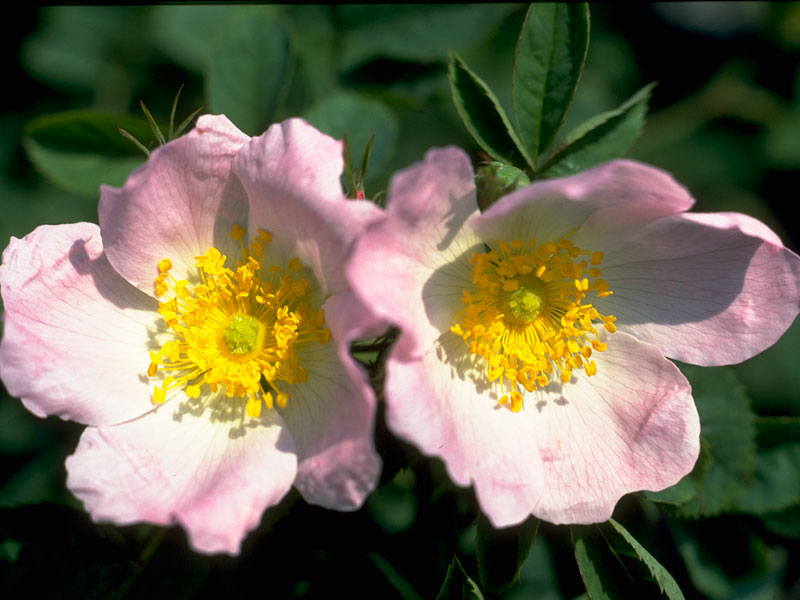Overview
Life is all about change, but the Wild Rose type has given up and fallen into a state of apathy and resignation. This can originate from a difficult and traumatic experience in life, which we know is the theme for the Second Nineteen. The Wild Rose state is not depression, it is actually a passive acceptance of fate and a lack of determination to improve things.
Wild Rose Details
| Remedy Group | Second Nineteen |
|---|---|
| Emotional Group | Insufficient interest in present circumstance |

Case Studies and Anecdotes
‘A young man, intelligent and good-looking, who seemed to have many opportunities open to him, had very little interest in life. He never became angry, but he also never felt excited and he appeared lethargic. He would spend hours in front of the TV, looking very much in need of fresh air and a healthy meal. Looking into his past it seemed that his parents divorced and he had an unhappy childhood. He clearly gave up on life a long time ago.’
Questions and Reflections
The Wild Rose state may be very obvious in some people, but it can also be masked by busy, compensating activity. However, deep inside that joyless state still exists to inhibit real progress in life.
Can you recognise any of these Wild Rose states in yourself or family and friends?
What are you going to look for?
Boredom?
Someone who doesn’t care about things?

Plant Signature Activities
Wild Rose has sharp thorns shapes like a dog’s claw, hence it is called the Dog Rose. I love to think about the sheer enthusiasm for life a heathy dog can express.
Compare that to the apathetic joyless life of a Wild Rose type.
Watch
Wild Rose – Make a note of anything that catches your attention
Read
Study Form and Function on the Healing Herbs website
Botanical Information
Explore the botanical information for Wild Rose by following the links below and reading suggested sections on the reading list:
Read
Study Wild Rose on the Healing Herbs website
Read
The Essence Within, Julian Barnard, pp. 180-181
Read
Form & Function, Julian Barnard, pp. 267-271
Questions and Reflections
The Wild Rose shrub is long-lived but needs support, as the branches curve over and fall back to the earth.
Can you explain how this gesture translates into the personal gesture?
Wild Rose has pretty heart-shaped petals clustered in blooms of five. Tinged a lovely pink with a yellow centre, it is the antidote to the Wild Rose state type who have ‘lost heart’.
Research the meaning of the number five, and also the meaning of pink and yellow.
Can you see how they might contribute to the signature?
Journal Work
- Start building a repertory of key words, and phrases.
- Keep a record of completed exercises and observations.
- What immediately comes to mind when you think of Wild Rose?
- Go out and find a Wild Rose bush, spend time with it and observe it closely. Take photographs, draw or paint it.
- If you have the essence, take two drops in water – take this opportunity to explore the effects of the flower within yourself.








